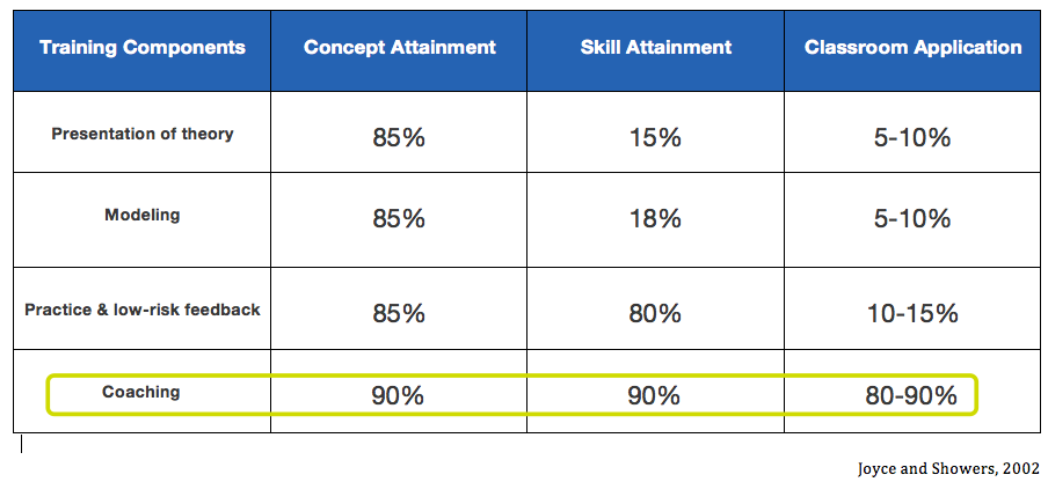Making the case for coaching
A key part of developing a coaching program is making the case for coaching. This includes making a case for the resources required for a sustainable coaching program. I regularly need to outline the evidence base for the coaching program to leaders, finance officers and new staff. To do this, there are a few key studies and pieces of evidence that can help.
Below I will outline a possible process for making the case for coaching.
When introducing the concept of coaching, It is helpful to start by introducing Atul Gawande. After giving his credentials (Professor of Surgery at Harvard, Writer for the New Yorker, Winner of the MacArthur Fellowship), we move into showing his story from this TEDtalk. It gives a concrete example of how coaching can make a difference, no matter your level of expertise. After this, giving people 2–3 minutes to discuss their thoughts helps them digest the new information.
Other people like to see the data. For this, I point them towards some examples from the work of Peter Cole and Stephen Dinham, who found the following:
- ‘To be effective, professional learning needs to be primarily school-based and school managed and focused on improving teaching practice.’
- ‘Professional learning should concentrate on instruction and student outcomes respect teachers discretion and creativity.’
- ‘Of particular importance is the process of coaching as it enables the clarification of important. knowledge, stimulate good thinking, structure focused deliberate practice and provides quality feedback.’
- ‘A large and dramatic increase in the transfer of training 1.42 occurs when coaching is added to the experience comprised of theory explanation, demonstrations and practice.’
Furthermore, Anthony Grant, in a recent article ‘the third ‘generation’ of workplace coaching. Creating a culture of quality conversations.’ highlighted following outcomes from coaching done well.
These include:
- Increased goal attainment
- Reduced anxiety
- Increase solution focus thinking
- Increased Resilience
- Increased Self-regulation
- Increase Perspective taking
- Increased Engagement
From there, then next step is describe how coaching is done. Here we refer to Jim Knight’s partnership principles which showed that teachers are 4 times more likely to implement an instructional strategy when it has been delivered using the partnership principles. Equality, Choice, Voice, Reflection, Dialogue, Praxis and Reciprocity.
Here’s some videos from Jim.
Also the chart below from Joyce and Showers (2002) shows the power of coaching to help staff:

After presenting these ideas (using the partnership principles) we generally find that people are interested in piloting a coaching program or at least learning more about it. Once you have a pilot program, the next step is to measure its impact. I’ll write about that next time.
Happy Coaching,
Mark

